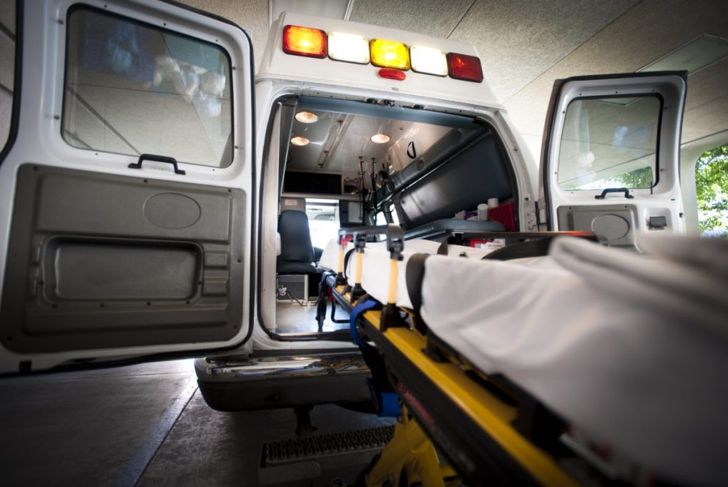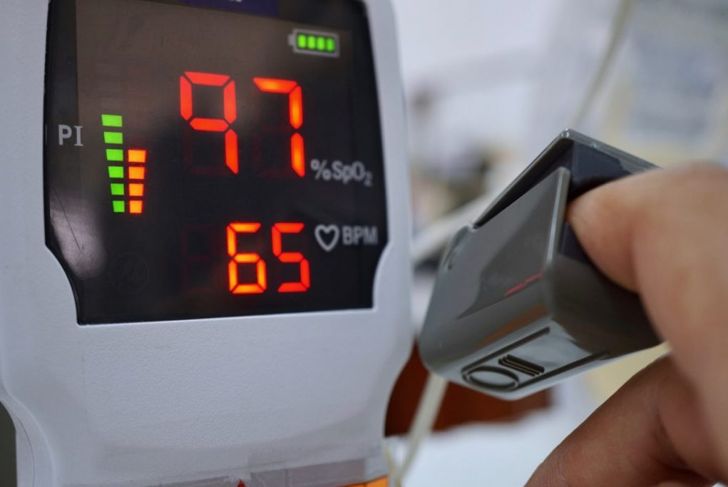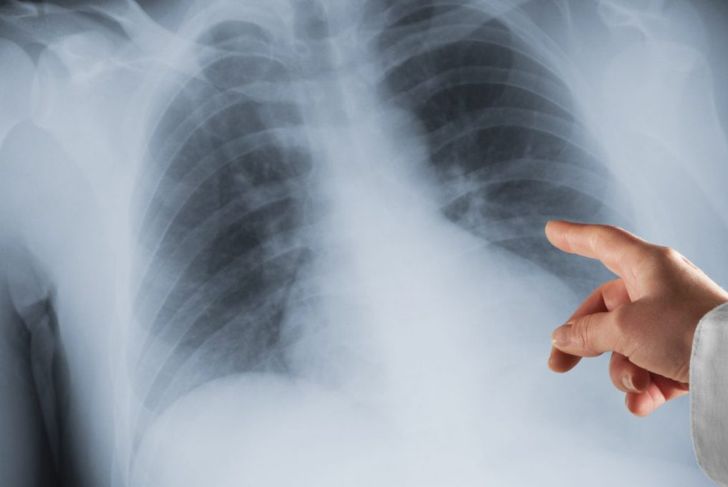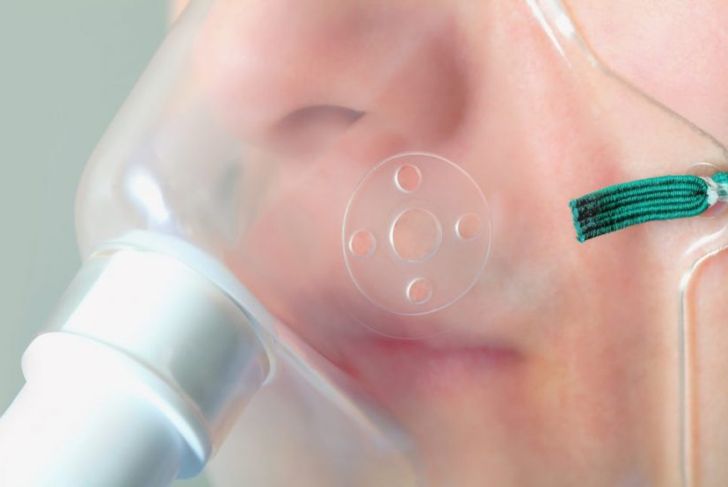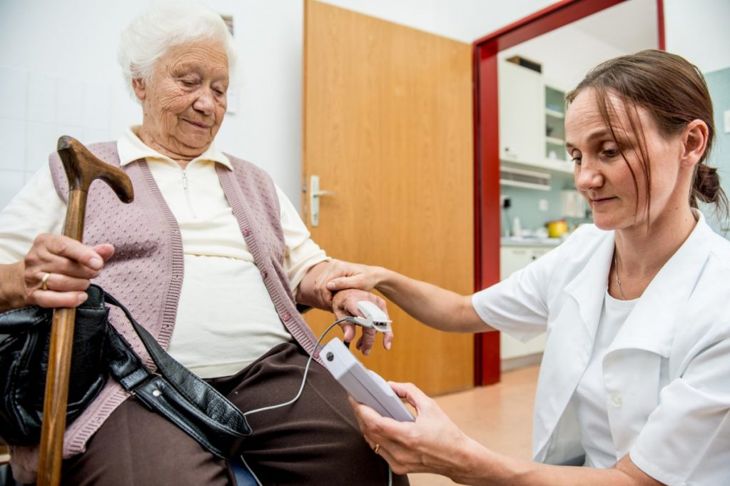Tachypnea is a medical term for rapid breathing. It is normal for people who are exercising or during significant physical exertion but can indicate a serious health condition is it occurs at rest. There are a lot of reasons for tachypnea, not all of them severe, but it doesn’t just happen on its own.
Basics of Tachypnea
Tachypnea is the medical term for rapid, shallow breathing. When at rest, a healthy adult breathes between 12 and 20 times a minute. Breathing rates for athletes who are very fit can decrease to 8 breaths per minute. Tachypnea begins when an adult breathes more than 25 times a minute when at rest.
Tachypnea vs. Hyperventilation
Tachypnea and hyperventilation are often used interchangeably but they are two different events. While each term refers to rapid breathing, tachypnea involves shallow breaths while hyperventilation involves deep breaths. This is a small but important distinction. When someone is hyperventilating, they are blowing out too much carbon dioxide. That is why breathing into a paper bag can help. It’s an easy and effective way to get carbon dioxide back into the body.
Increased Oxygen Needs
Tachypnea occurs as a result of an increased need for oxygen. If the lungs are not getting enough oxygen with each breath, the body increases the number of breaths to keep oxygen levels constant. Healthy people often experience tachypnea during and after exercise. The body needs more oxygen because of the increased exertion. Experiencing tachypnea at rest or with slight exertion is abnormal and can be a sign of an underlying medical issue.
Chronic Causes for Tachypnea
The lungs of people who experience tachypnea at rest are not taking in enough oxygen. Tachypnea can be a symptom of a chronic condition such as asthma or chronic obstructive pulmonary disease. Often, people with these conditions are prescribed inhalers by their physicians to manage tachypnea at home. Anyone who experiences tachypnea when not physically exerting should report this to a physician. Occasionally, these episodes require emergency care.
Acute Causes of Tachypnea
Tachypnea can be a sign of a serious problem. Sudden onset of tachypnea, tachypnea that does not resolve with the prescribed medication, or any difficulty breathing should be considered a medical emergency. This is especially true if the event occurs in conjunction with pain in the chest, arms, back, or jaw. These can be signs of a variety of problems including blood clots in the lungs, heart failure, pneumonia, or other serious lung conditions.
Assessment of Tachypnea
The main goal in the assessment of tachypnea is determining the underlying cause. The physician completes a full exam of the heart, lungs, abdomen, head, and neck. Often, this exam includes listening to lung sounds and using a pulse oximetry machine. This is a simple, non-invasive test that determines the oxygen level of the blood with a probe placed on the tip of the finger.
More Involved Testing
It is likely someone experiencing tachypnea will have to undergo more involved testing to examine the severity of the problem and determine the cause. These advanced tests might include a chest x-ray and CT scan to visualize the lungs, electrocardiogram to monitor heart function, and a ventilation/perfusion scan. The latter is an in-depth test that compares how much air is getting into the lungs to how much of the blood is actually being oxygenated.
Blood Tests
Several blood tests can help the physician determine the underlying cause of tachypnea. An arterial blood gas test determines how much oxygen and carbon dioxide are in the blood and assesses blood pH. The doctor may also take a comprehensive metabolic panel (CMP), which measures different chemicals in the blood and can determine if there are functional problems with organs such as the heart, lungs, and kidneys.
Treatment for Tachypnea
Treatment ultimately depends on what is causing tachypnea. If the cause is determined to be asthma or COPD, the doctor will most likely prescribe an inhaler. If a pulse oximeter or arterial blood gas indicates low oxygen levels, the patient may be given an oxygen tank. Longterm medication may be required if tests indicate significant problems in the heart or lungs.
Finding the Cause is Essential
Tachypnea may not always indicate a serious medical condition, and many individuals manage the issue with inhalers, supplemental oxygen, or medication. People experiencing tachypnea should seek medical treatment to make sure the underlying cause is addressed. Proper management and follow-up are important to prevent more serious problems.

 Home
Home Health
Health Diet & Nutrition
Diet & Nutrition Living Well
Living Well More
More



